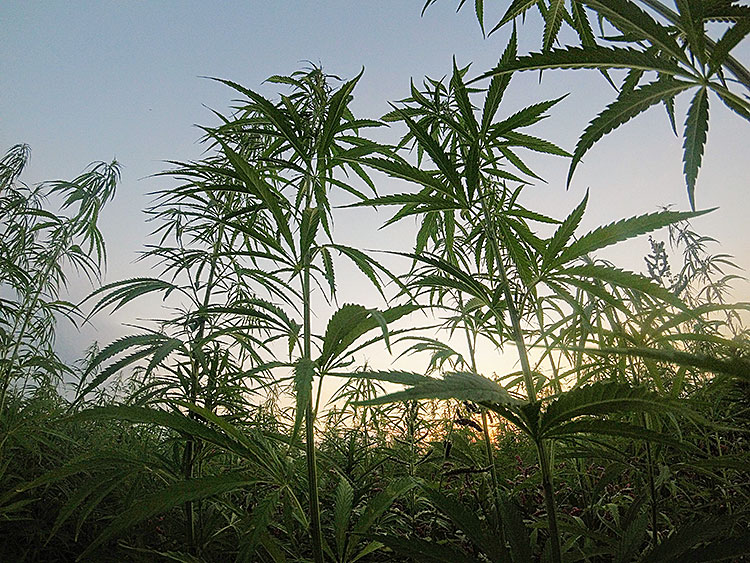Like many agricultural crops, cannabis cultivation has the potential to impact fish and wildlife. To help cultivators and other farmers reduce environmental impacts, CDFW is offering wildlife friendly tips for those engaged in farming activities.

Below are suggestions for utilizing natural resources and coexisting with wildlife:
Post Bat Boxes — Bats eat millions of insects each night and can help control pesky insect populations, reducing the need for harmful pesticides. To encourage bats on your property, install bat boxes. These are artificial roosts that allow bats to live in an area with otherwise limited roosting habitat. To learn more about utilizing bat boxes visit: https://batworld.org/bat-house-information/.
Post Owl Boxes — Similar to bat boxes, providing owl boxes on your property can encourage these handy raptors to help control rodent populations. Reliance on harmful rodenticides which impact the entire food chain (including mountain lions) can be significantly reduced when you let owls do the work for you. Learn more at: www.ucdavis.edu/one-health/how-build-owl-box/.
Location Selection — Location is everything for a business and commercial cannabis cultivation is no exception. To reduce impacts to sensitive habitats and avoid engaging in take of listed species during cultivation or construction activities, research your location thoroughly. Some parcels are better suited for farming activities as compared to other locations near sensitive streams or with listed species on or near the property. Your regional CDFW representative can provide feedback on your proposed cultivation site and how to address potential impacts to fish and wildlife resources.
Employ Companion Planting — Some plant species naturally repel pests. By planting these types of crops adjacent to cannabis, you will have another ‘natural’ insecticide and can be less reliant on the more toxic alternatives that often move from points of application through spray drift, surface runoff or irrigation return flows.
Use Natural Vegetation — Retaining natural vegetation around the property will result in a more diverse landscape with more food resources, nest sites, and shelter for bird species that forage on insects and predators that prey on small mammals. The natural vegetation will also help animals to move around without being seen or disrupted by interactions with people.
Choose the Right Crop for the Right Climate — To reduce water use during the hot summer months, cannabis cultivators can choose a cannabis strain that is best suited for the climate in which it is being produced. The right strain, for the right location, in the right amount is a win-win for all. This will help produce a plant with better yields that is more environmentally friendly.
If you are a cannabis cultivator and have ideas for helping native wildlife or have questions about the suggestions, please email AskCannabis@wildlife.ca.gov. For more information on upcoming permitting workshops, please visit www.wildlife.ca.gov/cannabis and click on the events tab.
CDFW encourages cannabis cultivators to obtain a state license with the California Department of Food and Agriculture (which includes notifying CDFW about any proposed activities), a county permit, permits from the State Water Boards and implementing best management practices to reduce environmental impacts.
•••
To report environmental crimes such as poaching or water diversions, please call the CalTIP hotline at (888) 334-2258 or text “CALTIP” followed by a space and the desired message, to 847411 (tip411).